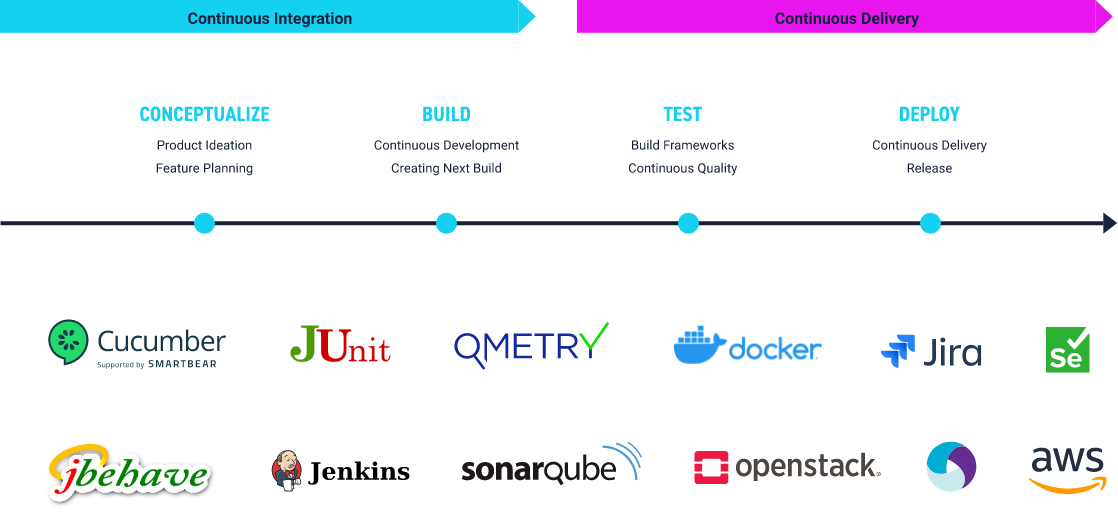In any product, features matter a lot, but product performance and overall experience are what keep users truly engaged.
A company that can deliver higher quality products to market faster than its competitors gains a significant and sustainable advantage. And in today’s software-driven marketplace, that is more important than ever. If your organization is like most, your Quality Assurance (QA) team owns responsibility for app quality. But as cycle times shrink for new digital apps and customer expectations rise, that job is getting harder all the time. There are several factors in play here:










